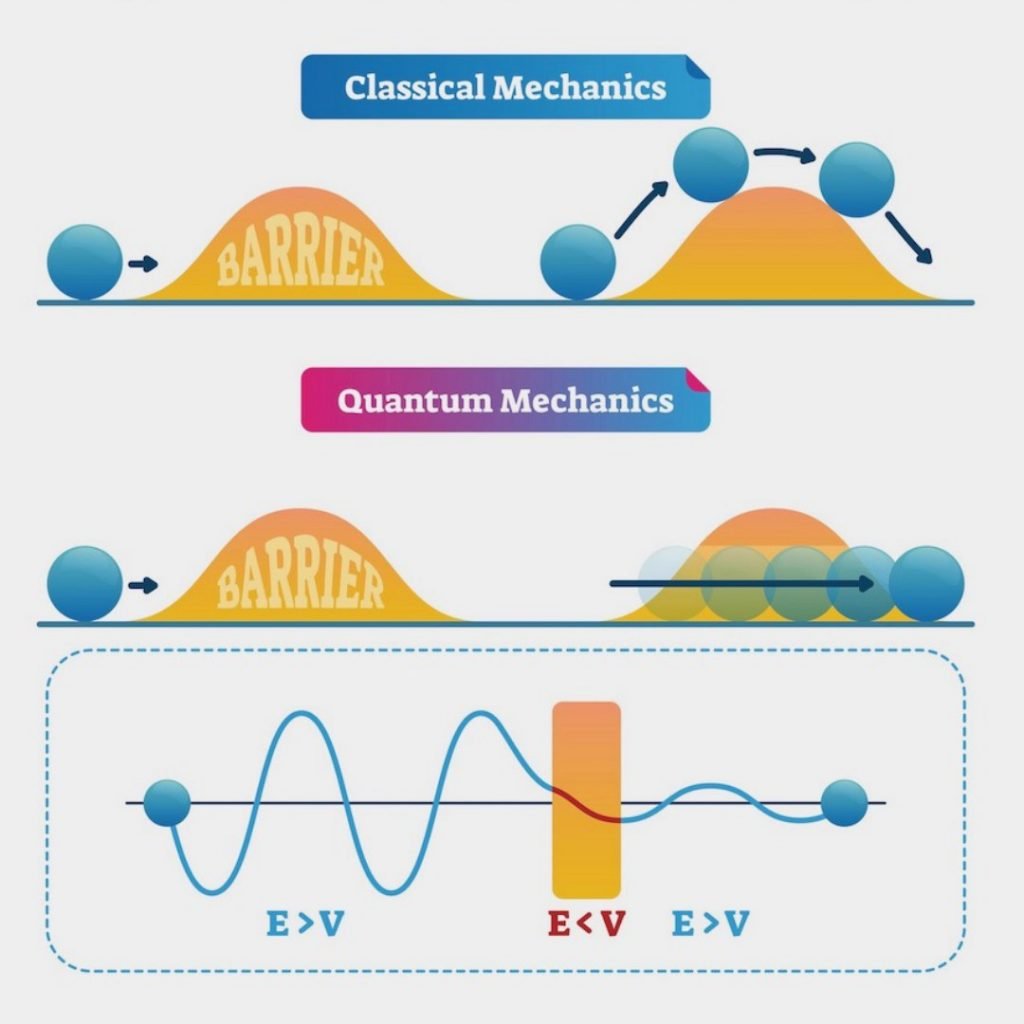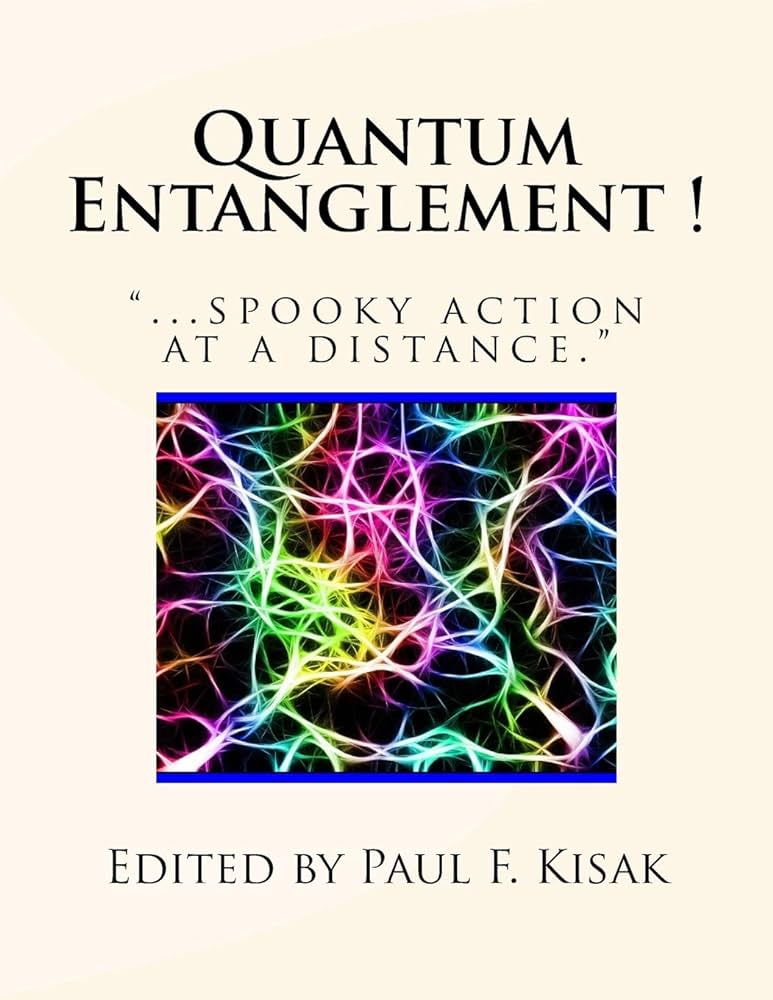Introduction: Navigating the Quantum Maze
Quantum physics, the science of the incredibly small, is a realm filled with paradoxes, mysteries, and counterintuitive phenomena that challenge our understanding of the universe. Among these enigmatic occurrences, one stands out as particularly mind-bending: quantum tunneling. It’s a phenomenon that allows particles to pass through seemingly impenetrable barriers, transcending the boundaries of classical physics. In this blog post, we embark on a journey through the quantum maze to unravel the secrets of quantum tunneling, exploring its underlying principles, its practical applications, and the profound implications it has for our understanding of the quantum world.
The Quantum Barrier: A Brief Overview
Before we dive deep into the intricacies of quantum tunneling, it’s essential to grasp the concept of a quantum barrier. In classical physics, we are accustomed to thinking of barriers as impenetrable obstacles. For instance, a solid wall cannot be traversed by an object unless it is provided with sufficient energy to break through it. However, the quantum world operates under different rules, where particles can exhibit behaviors that defy classical logic.
In quantum mechanics, particles are described by wave functions that determine their probabilities of being in various positions and states. When a particle encounters a potential energy barrier, as is often the case in the quantum world, its wave function doesn’t abruptly drop to zero, as we might expect in classical physics. Instead, the wave function decreases gradually, extending into the barrier itself.
This phenomenon is a fundamental consequence of Heisenberg’s Uncertainty Principle, which tells us that we can never precisely know both the position and momentum of a particle simultaneously. As a result, particles can exist in a superposition of states, including those inside the barrier. This opens up the possibility of quantum tunneling.
Quantum Tunneling: Defying Classical Obstacles
Quantum tunneling occurs when a particle, such as an electron, encounters a potential energy barrier that it seemingly lacks the energy to overcome according to classical physics. Instead of bouncing back or being stopped dead in its tracks, the particle has a non-zero probability of passing through the barrier and appearing on the other side.
The probability of tunneling is determined by the thickness and height of the barrier, as well as the energy of the particle. For thinner barriers and higher particle energies, the probability of tunneling increases. This phenomenon may sound bizarre, but it has been experimentally verified countless times in various contexts.
Practical Applications of Quantum Tunneling
While quantum tunneling may seem like an esoteric concept with little relevance to our everyday lives, it has a surprisingly wide range of practical applications. Here are some areas where quantum tunneling plays a crucial role:
Electron Tunneling Microscopy: Scanning Tunneling Microscopy (STM) and Atomic Force Microscopy (AFM) are powerful techniques that rely on the tunneling of electrons or the deflection of atomic forces, respectively, to image surfaces at the atomic and molecular scale. These instruments have revolutionized our understanding of nanoscale materials and have practical applications in fields like material science and nanotechnology.
Quantum Dot Technology: Quantum dots are nanoscale semiconductor particles that exhibit quantum tunneling behavior. They are used in displays, solar cells, and medical imaging, among other applications. Quantum dots’ unique optical properties make them valuable tools in the development of advanced technologies.
Nuclear Fusion: Quantum tunneling plays a crucial role in nuclear fusion, the process that powers the sun and could potentially provide a clean and virtually limitless source of energy on Earth. In fusion reactions, atomic nuclei overcome the electrostatic repulsion between them by tunneling through the energy barrier created by their positive charges.
DNA Sequencing: DNA sequencing technologies like nanopore sequencing rely on the tunneling of individual DNA bases through nanopores. This allows for the rapid and accurate sequencing of DNA, which has revolutionized genetics research and medical diagnostics.
Quantum Tunneling and the Future
The phenomenon of quantum tunneling challenges our classical understanding of reality and raises profound philosophical questions about the nature of the universe. It forces us to confront the fact that the quantum world operates by its own set of rules, often defying our intuition.
As our understanding of quantum mechanics continues to advance, we can expect even more fascinating applications of quantum tunneling in fields like quantum computing, quantum communication, and quantum cryptography. These technologies have the potential to revolutionize our world in ways we can only begin to imagine.
In conclusion, quantum tunneling is a captivating phenomenon that bridges the gap between the classical and quantum worlds. It has practical applications that touch many aspects of our lives, and its study leads us to deeper insights into the nature of the universe. While quantum tunneling may remain a puzzling concept, its ability to challenge and expand our understanding of the quantum realm makes it a crucial topic in the ever-evolving field of quantum physics.




